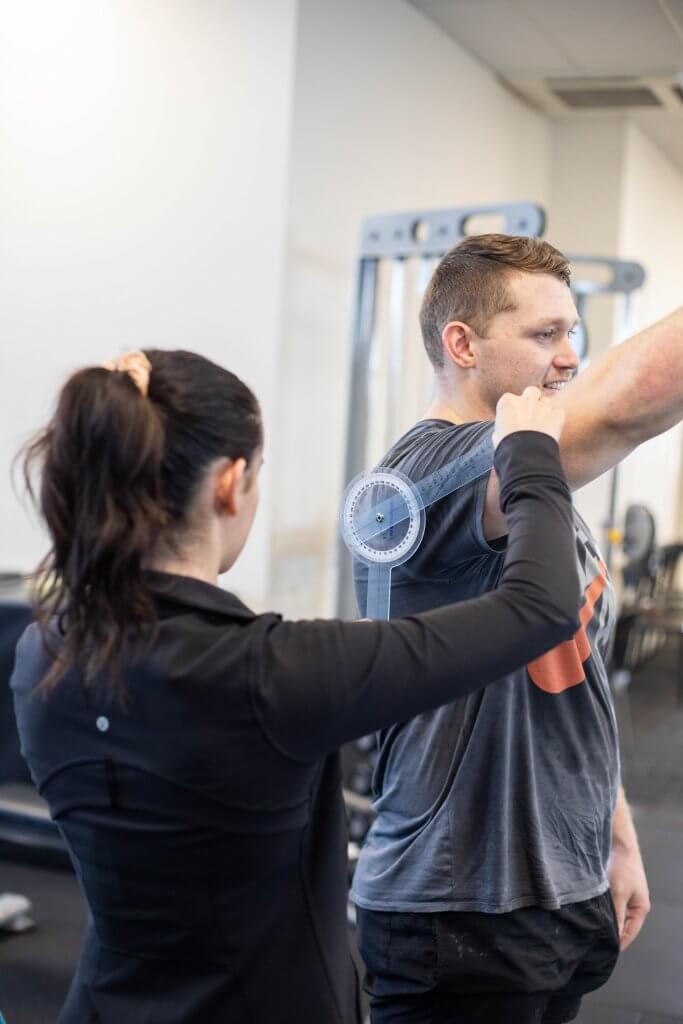So, what is the Rotator Cuff?
Our Rotator Cuff is comprised of 4 muscles surrounding the shoulder: Supraspinatus, Subscapularis, Infraspinatus and Teres Minor. All these muscles work together to move the shoulder in all different ranges of motion. If we injure one of these muscles, it will affect how we move our shoulder as a whole.
Different types of pathologies affecting the rotator cuff include:
- Tears (partial or full thickness)
- Tendinitis
- Tendinopathy
- Impingement
Who’s at risk of rotator cuff injury?
- Age – Unfortunately, as we age, it increases our risk of having an injury to our rotator cuff.
- Jobs where repetition is required, i.e., construction workers
- Family history – hereditary conditions affecting the rotator cuff
Symptoms of an injured rotator cuff:
- Muscular pain
- Muscle weakness
- Issues with a range of motion – lifting arms above head or out to the side
Functional impairments – issues with daily living activities, i.e. hanging the washing up or putting a shirt on.
How do I know if I have injured my rotator cuff?
A physiotherapist will assess and take you over a few tests to identify if an injury has occurred and which muscles it is affecting. From here, if they believe there is damage, they can refer you onwards to get an MRI or an XRAY to confirm this.
How do I strengthen my rotator cuff?
Working with a physiotherapist or an exercise physiologist going over gentle exercises specific to the injury and which muscle has been damaged within a training program will be the best way to rehabilitate an injured rotator cuff and help you return to doing the things you love.

